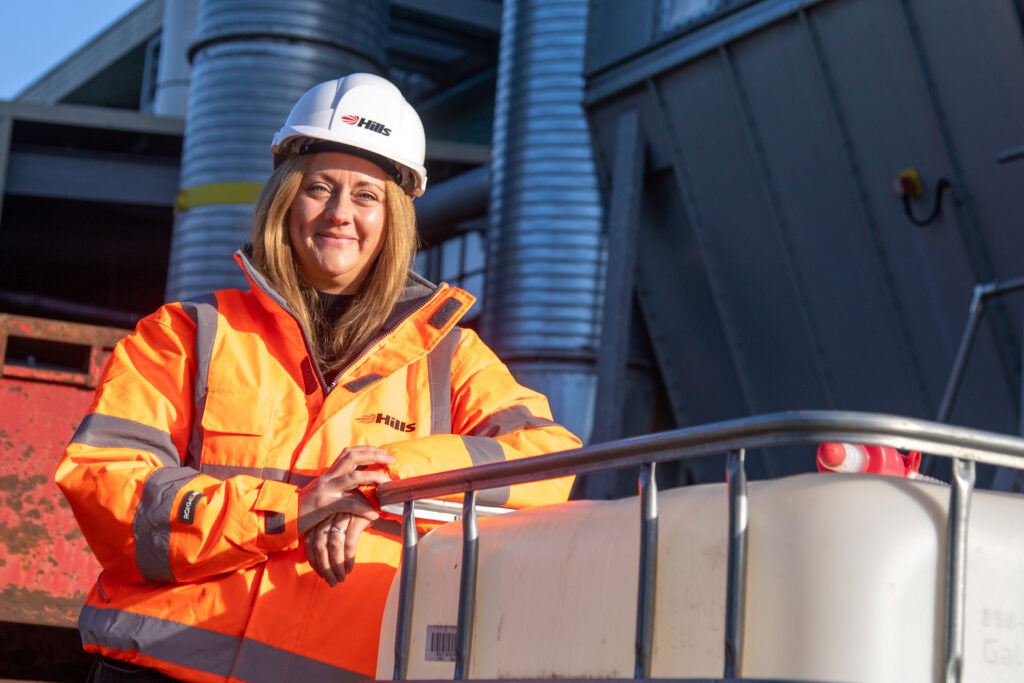“CarbonWARM2” provides a tool for organisations to use to assess the greenhouse gas (GHG) emissions associated with waste management practices which are expressed in carbon dioxide equivalent (CO2e).
The original version of the tool – CarbonWARM – was published in 2021.
The updated version now covers additional waste categories, including waste electrical and electronic equipment (WEEE), batteries and sanitary wastes.
It also provides conversion factors for both source separated and commingled recycling.
CarbonWARM2 is intended to supplement traditional weight-based monitoring and evaluation with an approach that focuses more on the environmental and climate impacts of waste and resource management.
WRAP advised that the results should be regarded as indicative of the relative impacts of waste treatment options, rather than as a precise carbon footprint.
The authors of the metric, Billy Harris and Keith James, extended their thanks to Raminta Brazinskaite, Alexander Clothier, Diletta Samoggia and Andrew Woodend from Defra, and to Robin Curry of Queen’s University Belfast who all peer reviewed the report.
Envisioned applications
WRAP said that it intends for the tool to be used to monitor and report CO2e savings achieved by shifting waste management practices up the waste hierarchy.
It also has the potential to measure the proportion of potential CO2e savings that have already been realised.
Additionally, it has the potential to be used to model and compare GHG impact of different waste management scenarios.
Although it relies on the same data, the Carbon WARM factors rely on different system boundaries to DESNZ’s for company Greenhouse Gas Emission reporting standards.
This is because WRAP’s metric is designed to be used for comparison of waste management approaches for a given material, rather than facilitate business carbon accounting.
It also differs from the Scottish Carbon Metric which provides a weight relative merits of different materials.
This metric is targeted at local authorities, waste management companies, policy makers and other stakeholders committed to reducing emissions and supporting climate action goals.








Subscribe for free